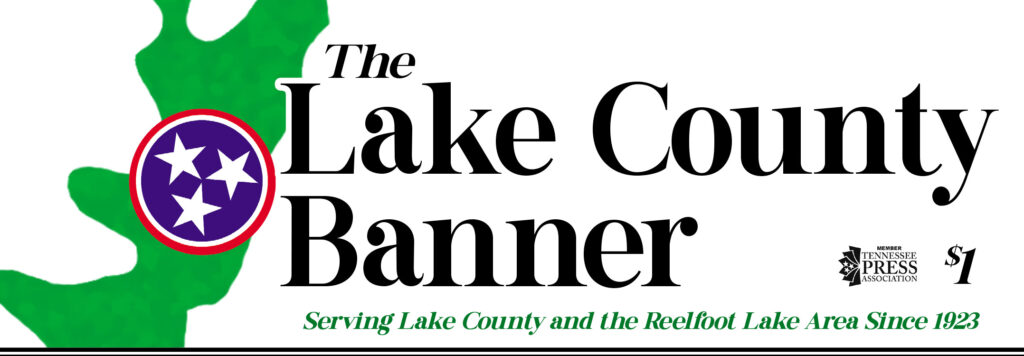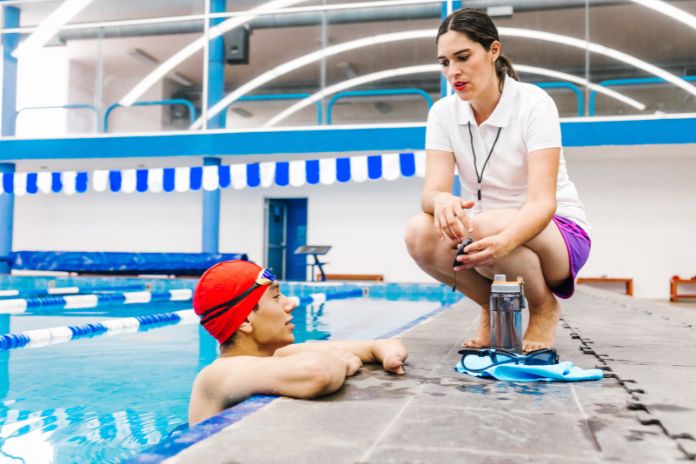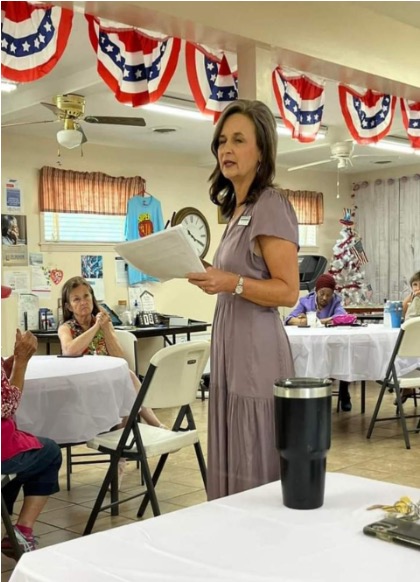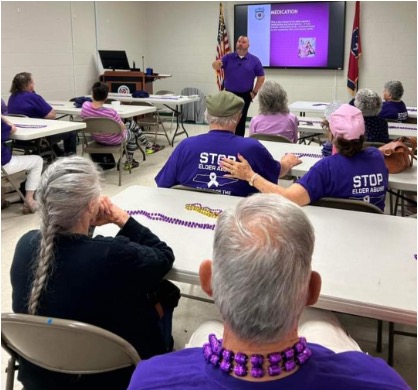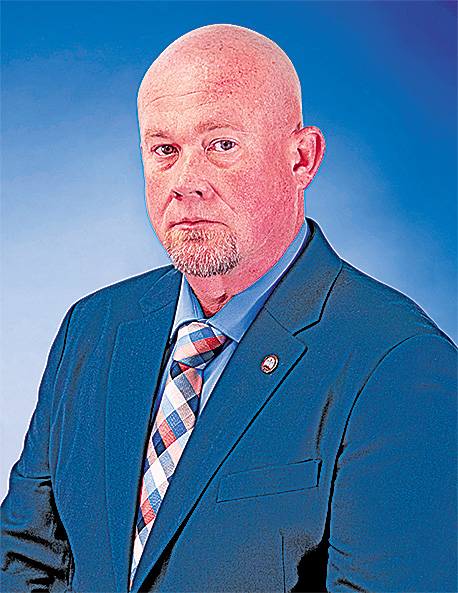Margaret Newton Elementary
Reading, in my opinion, is one of the most important things you can do FOR a child and WITH a child. But mathematical concepts are also very important, especially to our youngest learners. At MNES, our goal is to teach students to read and teach numeracy (number concepts).
This week I want to share some simple and easy ways you can work with your child at home on his/her number concepts that will reinforce what is taught at school.
Preschool
*Count objects up to 10 with one-to-one correspondence (touch each object as you say the number).
*Sort objects with different attributes such as: same color, same shape, same kind, same size.
*Take 3 items to put in order: first, second, third.
*Identify numbers 0-5 by sight.
*Count 0-30 aloud.
*Subitize quantities up to 5 (the ability to look at a number of objects and know the quantity just by looking- without actually counting). Dice and playing cards are perfect for this. You can also have your child create his/her own subitizing cards with paper plates and markers.
*Compare and contrast objects. Which is larger? Which is smaller? Which set has more? Which set has less? Use vocabulary that describes the objects.
Kindergarten
*Count to 100 by ones, fives, and tens.
*Count forward beginning from a given number (other than the number one).
*Write numbers 0-20. You can purchase a workbook, print off from internet, or ask your child’s teacher to send home practice sheets.
*Compare two groups of objects and recognize which group is greater than or less than or equal to the other group.
*Add and subtract with objects, fingers, drawings, etc.
*Find the number that makes 10 using objects or drawings.
(9+1, 6+4, etc.)
*Identify penny, nickel, dime, and quarter and recognize the value of each. Use fake or real money and create your own game!
First Grade
*Add and subtract within 20 using objects and drawings.
Write an equation. Example: Take 20 cotton balls or toy cars or whatever you have handy and put them in different groups and add and subtract. Write down the numbers along with the symbol of + or – and =
*Know all sums up to 10 (6+4, 5+5, 7+3, etc.)
*Count to 120, starting at any number.
*Mentally find 10 more or 10 less. The Hundred Chart comes in handy for this!
*Put objects in order by length.
*Measure things around the house using a large paper clip or some other small item.
Second Grade
*Fluently add and subtract within 30 using mental strategies
*Count within 1000. Skip count within 1000 by 5s, 10s, and 100s.
*Mentally add 10 or 100 to a given number 100-900 and mentally subtract 10 or 100 from a given number 100-900.
*Estimate lengths of an object by selecting and using appropriate tools such as rulers, yardsticks, etc.
*Tell and write time in quarter hours and to the nearest five minutes (in AM and PM) using analog and digital clocks.
The more your child practices and manipulates numbers, the better his/her number concepts will be! Create a number world for your child!
Gamble Snyder
MNES Principal
